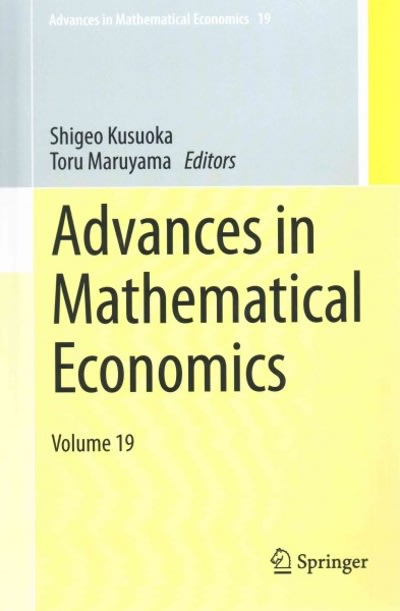Question
Answer question 1 using R. Let Y > 0 be a continuous random variable representing time from regimen start to bone-marrow transplant. Everyone does not
Answer question 1 using R.
Let Y > 0 be a continuous random variable representing time from regimen start to bone-marrow transplant. Everyone does not survive long enough to get the transplant. Let X > 0 be a continuous random variable representing time from regimen start to death. We can assume X Y and model time to death as X Exp(rate = ) and time to transplant as Y Exp(rate = ). Where Exp(rate = ) denotes the exponential distribution with density f(z | ) = ez for z > 0 and 0 elsewhere - with > 0.
1. ) Assume that we have = 1/10 and = 1/15. Use the rexp() function in R for i = 1, 2, . . . , 10000 in simulating death and transplant times for 10,000 patients Xi Exp(1/10) and Yi Exp(1/15). Show R code in your answer.
What is the proportion of simulated patients who receive transplant before death?
Step by Step Solution
There are 3 Steps involved in it
Step: 1

Get Instant Access to Expert-Tailored Solutions
See step-by-step solutions with expert insights and AI powered tools for academic success
Step: 2

Step: 3

Ace Your Homework with AI
Get the answers you need in no time with our AI-driven, step-by-step assistance
Get Started


